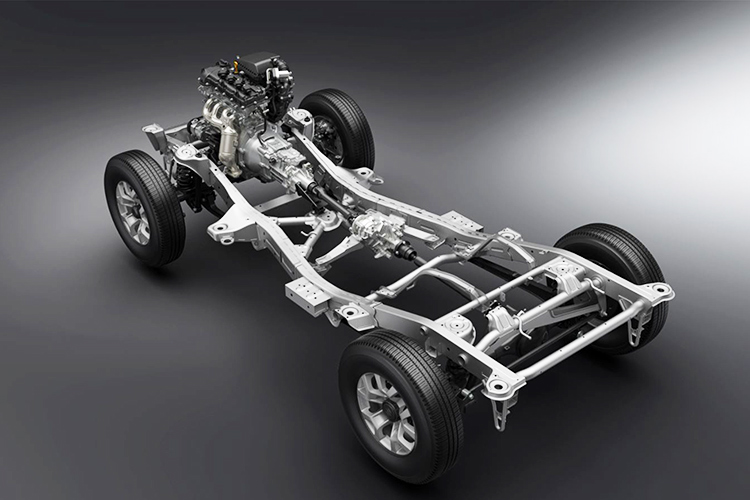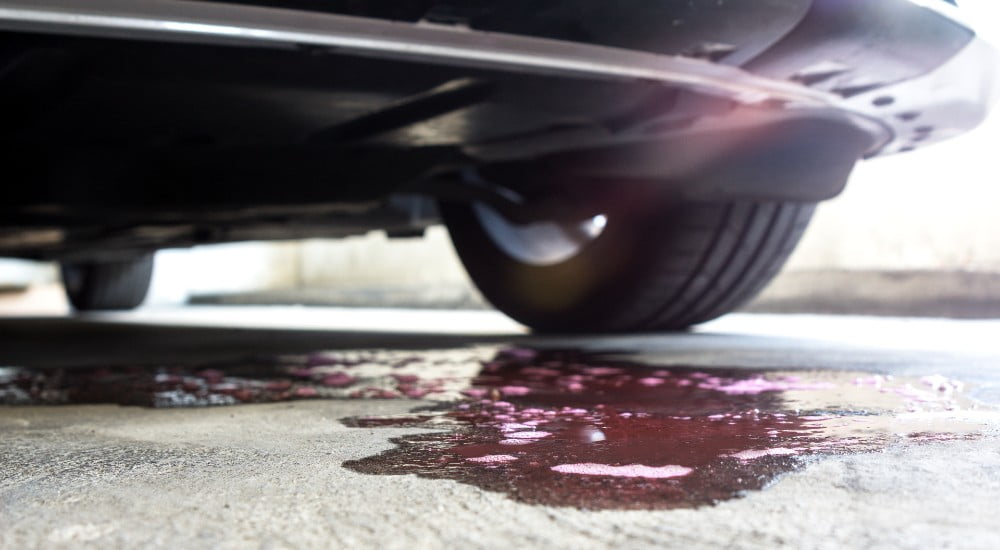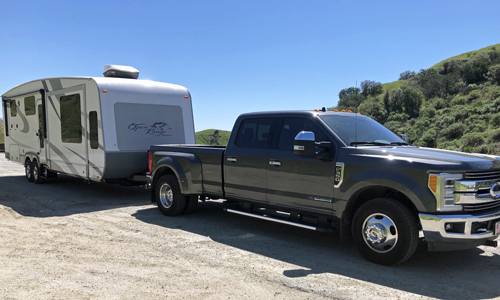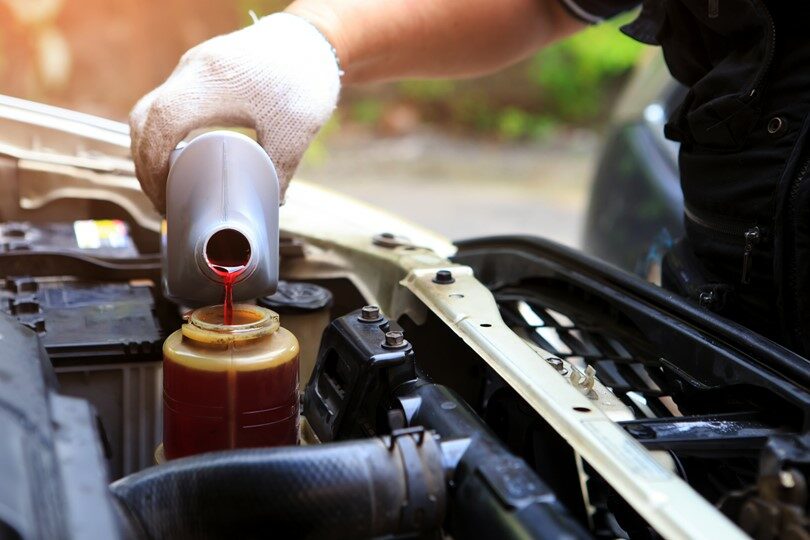If you’ve recently been in a car accident—even a minor one—you may be wondering whether your vehicle’s frame is damaged. While some signs are obvious, frame damage isn’t always visible to the untrained eye. However, ignoring it can lead to safety issues, alignment problems, and long-term vehicle wear.
In this article, we’ll walk you through how to tell if your frame is damaged after an accident, and what steps to take next.
🔍 What Is a Vehicle Frame?
The frame is the structural backbone of your vehicle. It supports all other components—from the engine and transmission to the body panels and suspension. There are two common types of frames:
-
Body-on-frame (usually trucks and larger SUVs)
-
Unibody (most modern cars)
Damage to either type can compromise the entire vehicle’s safety and performance.
🚨 Common Signs of Frame Damage
Here are key indicators your frame may be damaged:
1. Visible Bends or Cracks
If you notice parts of your vehicle’s structure look twisted, cracked, or bent, especially around the wheel wells, door frames, or engine bay, it’s a strong indicator of frame damage.
2. Uneven Tire Wear
Frame damage often throws off wheel alignment. If your tires are wearing unevenly or your car drifts to one side while driving, there could be structural misalignment.
3. Misaligned Doors or Windows
If doors don’t close properly, or you notice gaps between panels or windows that didn’t exist before, it could be due to a warped frame.
4. Unusual Noises
Creaking, rattling, or popping sounds while driving over bumps may suggest the frame isn’t holding components together properly.
5. Car Pulls or Feels Unstable
A bent frame can affect your suspension and steering. If your car feels unstable at high speeds or pulls to one side, it’s worth checking.
6. Dashboard Warning Lights
Modern cars may detect frame-related issues through sensors. Warning lights for traction control, suspension, or airbag systems could be linked to frame misalignment.
🧰 How Professionals Check for Frame Damage
Even if you don’t see any visible damage, a professional inspection is always a smart move after an accident. Here’s how auto body shops check for damage:
-
Frame measuring systems (to detect even millimeter differences from factory specs)
-
Laser alignment tools
-
Digital diagnostics and 3D scanning
-
Visual inspection by a trained technician
🛠️ Can Frame Damage Be Repaired?
Yes—depending on the extent of the damage. Minor bends can be corrected with frame straightening machines. However, severe damage might require cutting, welding, or even replacing sections of the frame. Your repair shop will explain what’s safe and what’s not.
✅ Next Steps After a Crash
-
Get your vehicle inspected ASAP – even if it seems drivable.
-
Check with your insurance – frame damage is usually covered under collision claims.
-
Choose a certified auto body shop – proper equipment and experience matter.










